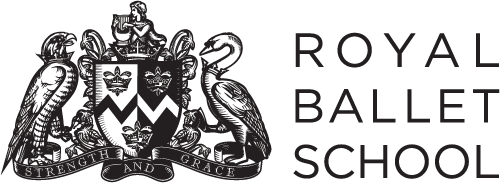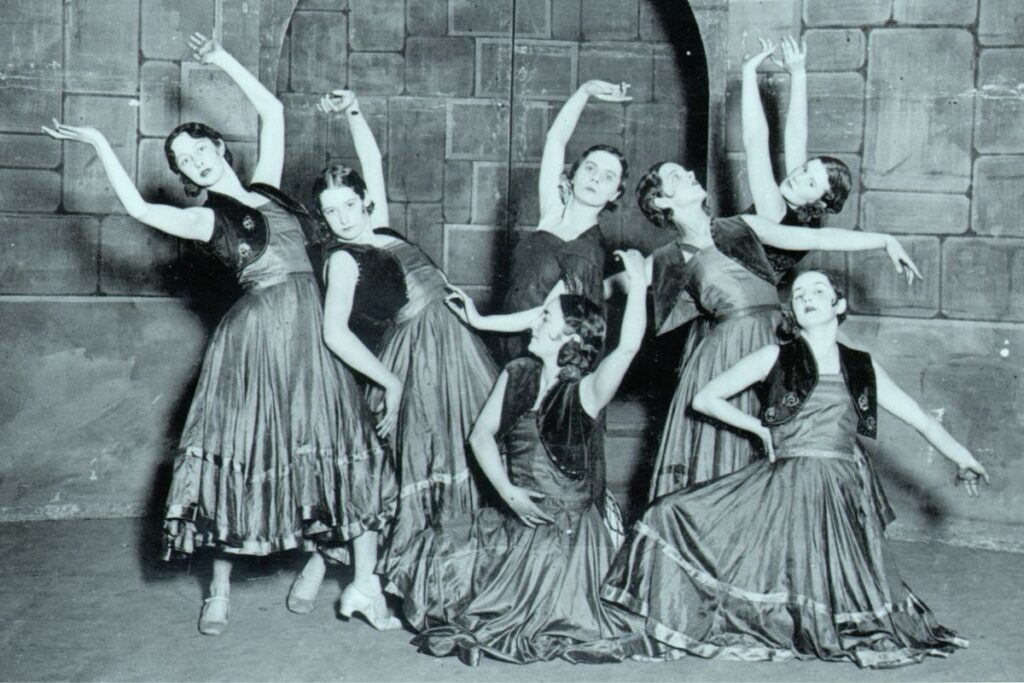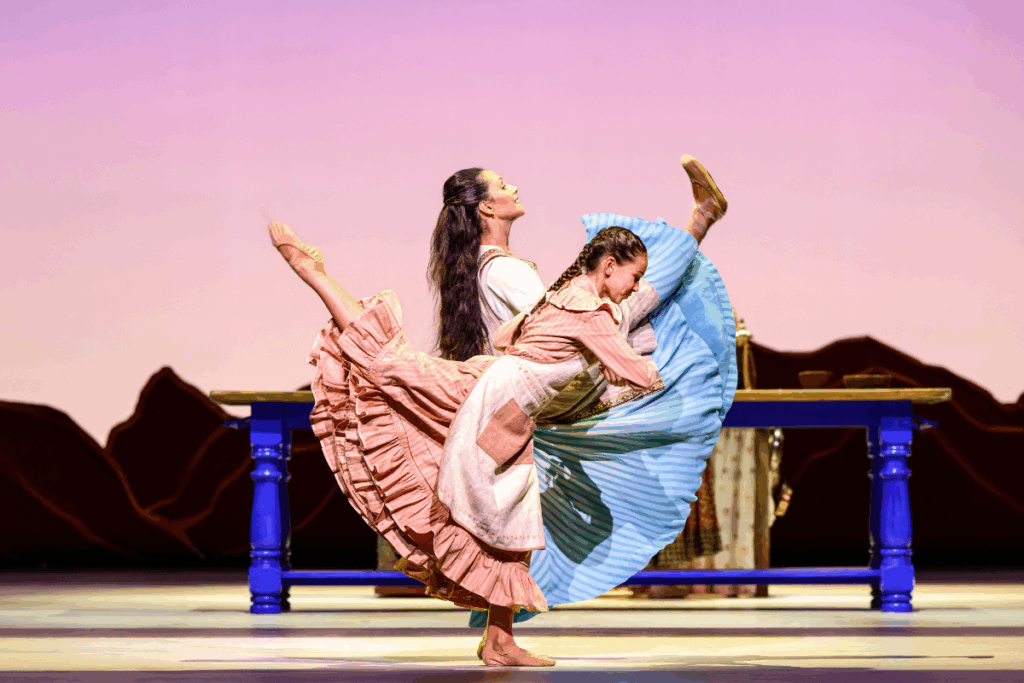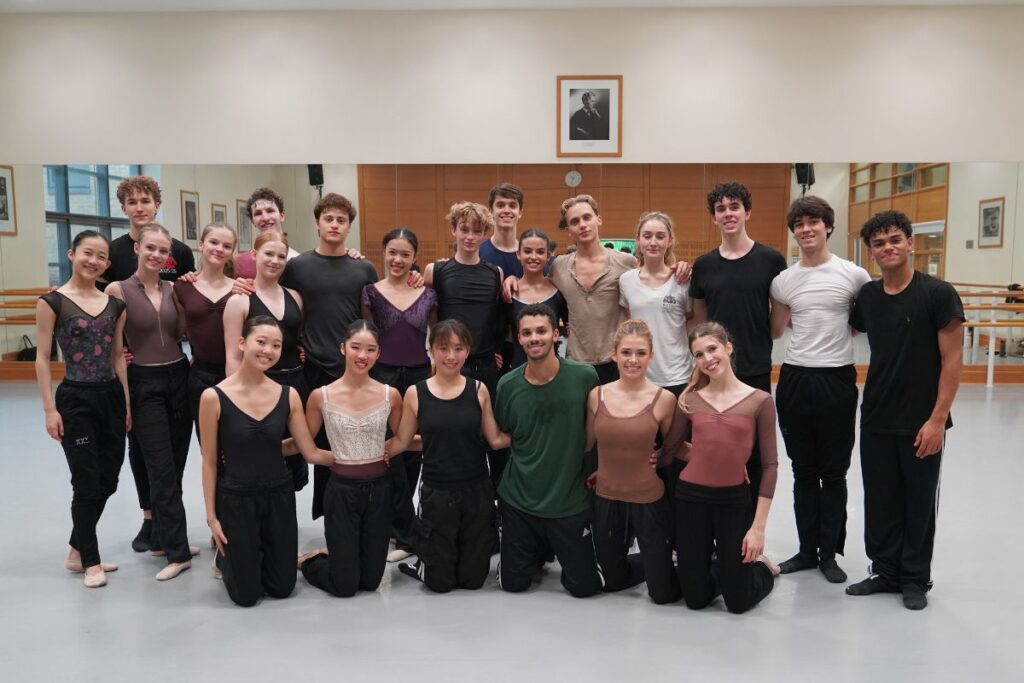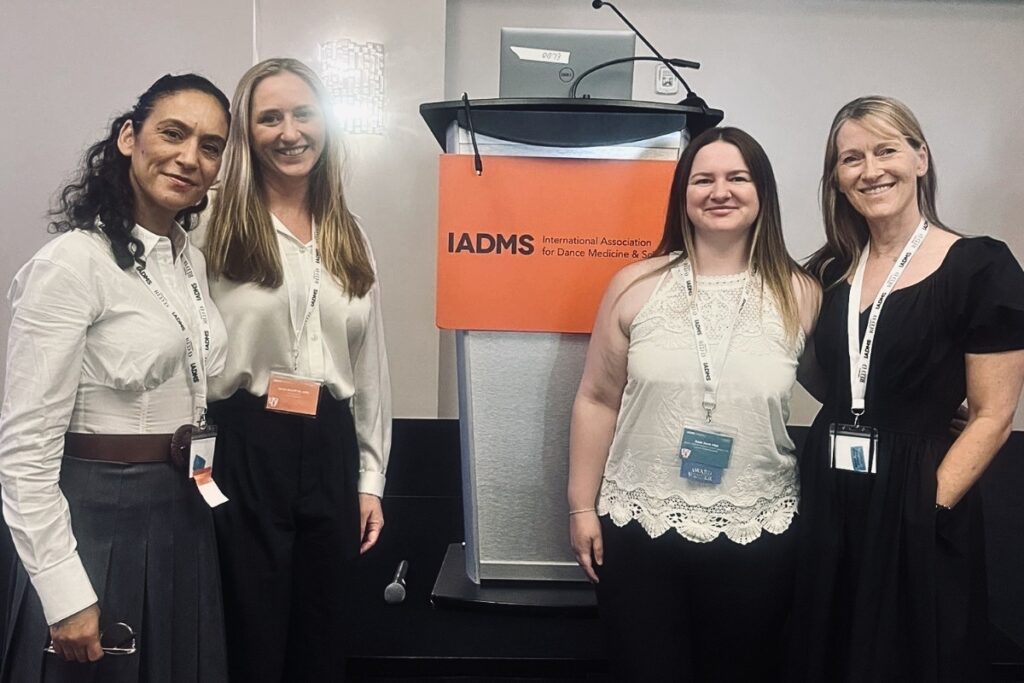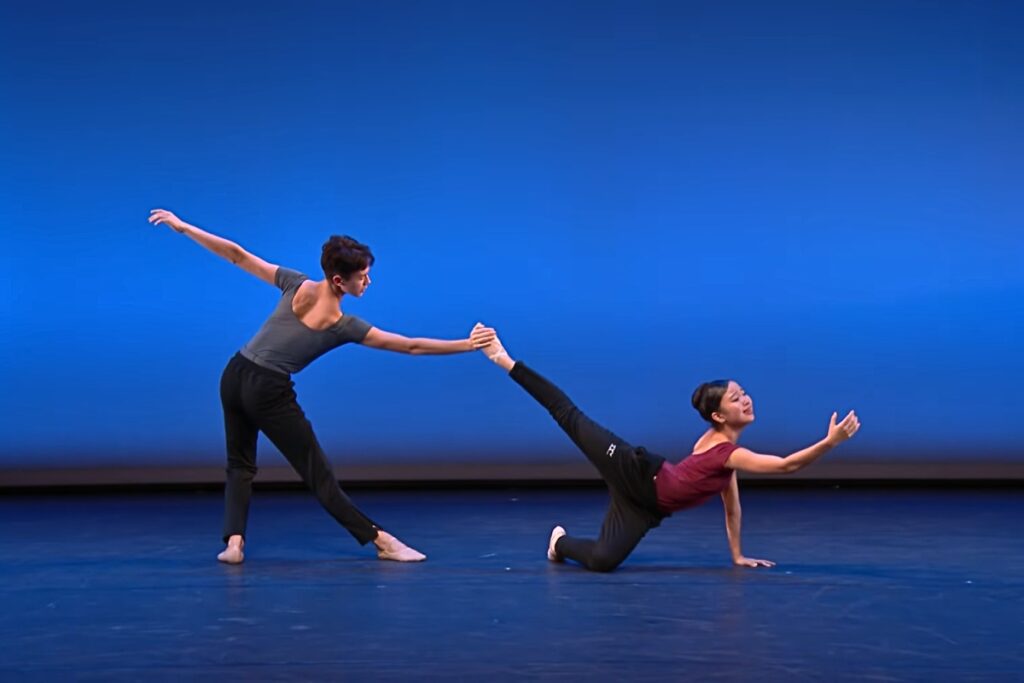Celebrating Dame Ninette de Valois’ birthday with Dr Anna Meadmore, newly awarded for her thesis on the School’s founder
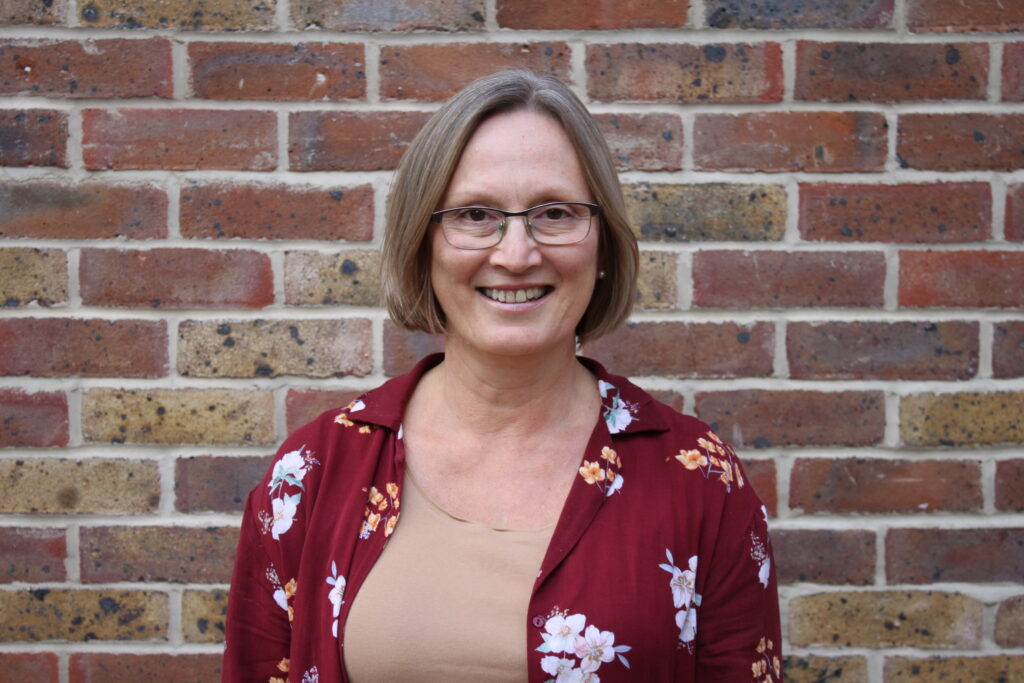
This month, we mark the birthday of the School’s founder, Dame Ninette de Valois, who was born in County Wicklow, Ireland, on 6 June 1898. It seems an opportune moment to look at the research into de Valois’ early work that has been undertaken in recent years by our Manager of Special Collections, Dr Anna Meadmore (pictured left).
Awarded her doctorate in 2024 by Royal Holloway, University of London, her thesis was entitled Ninette de Valois: how her philosophical convictions and creative ambitions shaped an ethos for ballet in England, 1925-1934. This work will inform some of the special events that are planned for our Centenary in 2026. Here, Dr Meadmore briefly outlines the context and purpose of her thesis:
When de Valois (pictured right in 1931) set out to establish a national ballet in 1920s Britain, she dismissed any doubts about the artistic limitations or contemporary relevance of classical ballet. Her remarkable career as a choreographer and director unfolded in the wake of her experience as a dancer with the Diaghilev Ballets Russes, through which ballet had become a vital force in European Modernism. De Valois saw that it was the Company’s deep roots in classical ballet traditions that had enabled it to create so many groundbreaking new works. In 1926, she duly founded her School (and nascent Company) with the idea of maintaining and developing classical principles in order to allow the ballet of the future to evolve and flourish.
De Valois and her closest early collaborators – including Ursula Moreton and Lilan Baylis – well understood that the artform of ballet originated not only in courtly spectaculars, but also in European folk dances and the popular theatre. It was no accident that de Valois and Baylis first forged a national ballet company in the repertory “people’s theatres” of the Old Vic and Sadler’s Wells, located in the (then) unfashionable areas of Waterloo and Islington. Twenty years later, in 1946, that Company became resident at the Royal Opera House. In 1956, it was awarded a Royal Charter after being recognised as a flagship of the national establishment.
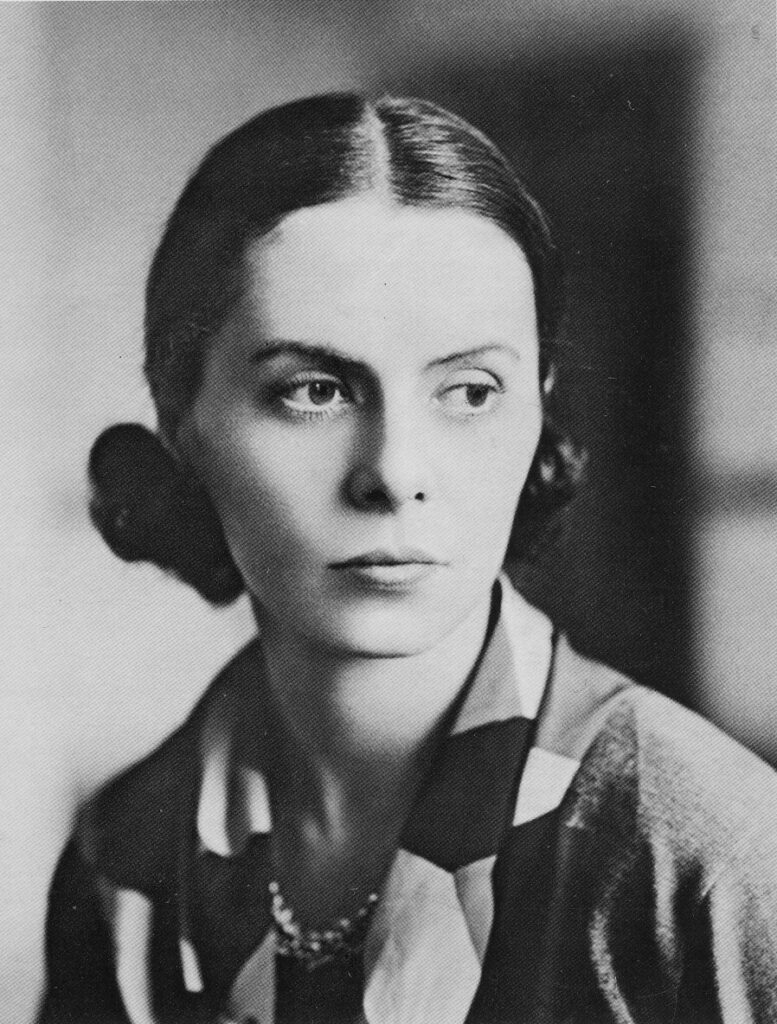
During its rapid rise in status, the nature of de Valois’ enterprise inevitably changed: in researching the formative years of The Royal Ballet School and Companies, I set out to re-examine de Valois’ founding ethos and early creative ambition, to find what may have been “lost” or forgotten over the course of a century, and to ask if fresh historical insights might inform and inspire our current and future direction.
I have always been intrigued by how one woman could have excelled in so many aspects of her profession – dancer, teacher, choreographer, director, theoretician, writer – and what it meant that she practised all of those things simultaneously. So I wanted to use the occasion of the upcoming 100th anniversary of the founding of her School to investigate archival records in the run up to our Centenary – and to give myself time to look through the School’s Special Collections, which I normally don’t get to do in the course of managing them for other researchers.
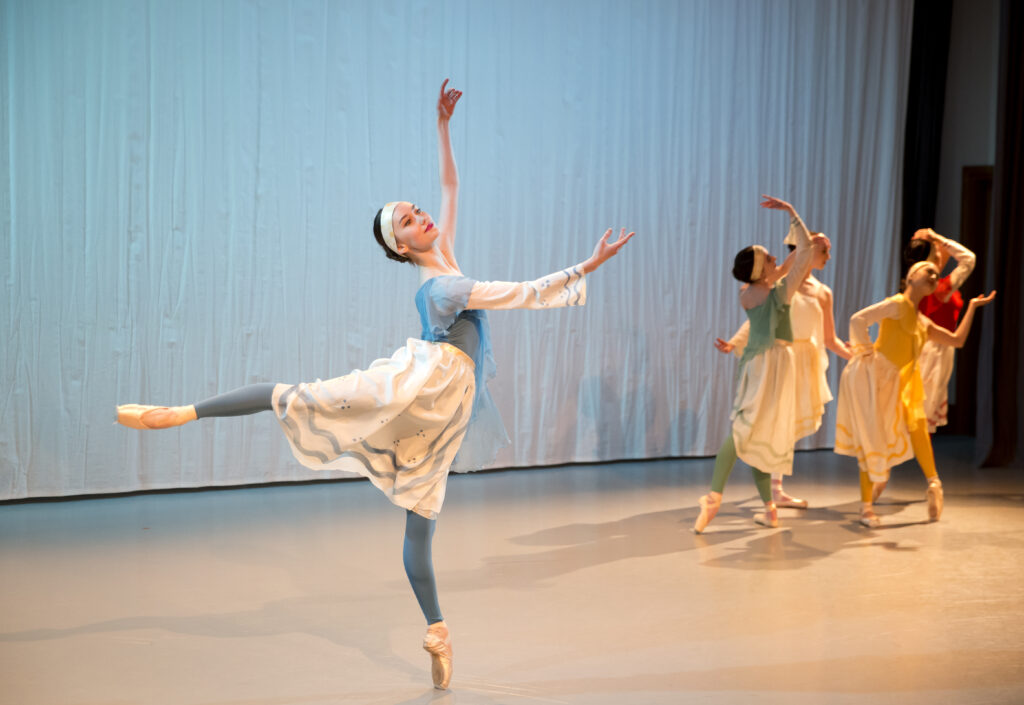
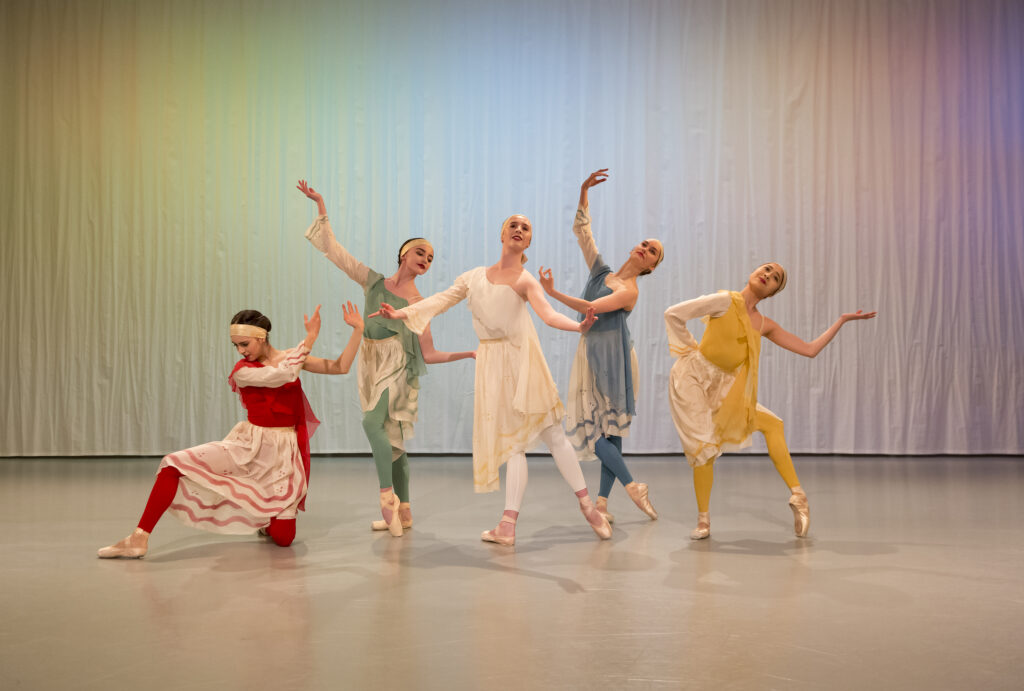
The Arts of the Theatre (pictured above) was an experimental ballet created by de Valois in 1925. It was recreated by Dr Anna Meadmore in 2022, as part of her doctoral research – using original rehearsal notes by Ursula Moreton she discovered in the School’s Special Collections, and collaborating with students of The Royal Ballet School towards their own final year Degree Course dissertations.
Cover image: 1926 Ninette de Valois centre in Carmen 1928-1929 Season, Old Vic
